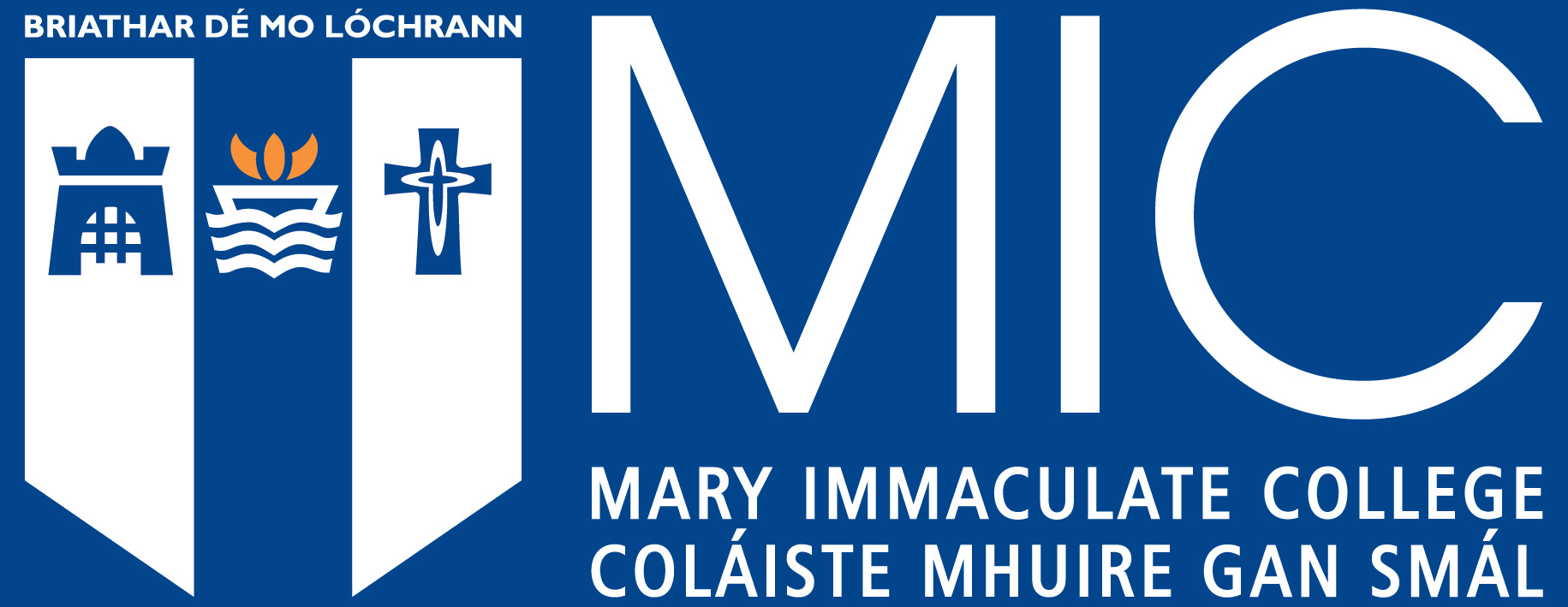Assessing model fit: Caveats and recommendations for confirmatory factor analysis and exploratory structural equation modeling
Citation
Perry, J. L., Nicholls, A. R., Clough, P. J., & Crust, L. (2015). Assessing model fit: Caveats and recommendations for confirmatory factor analysis and exploratory structural equation modeling. Measurement in Physical Education and Exercise Science, 19,12-21.

View/
Date
2015Author
Perry, John
Nicholls, Adam R.
Clough, Peter J.
Crust, Lee
Peer Reviewed
YesMetadata
Show full item record
Perry, J. L., Nicholls, A. R., Clough, P. J., & Crust, L. (2015). Assessing model fit: Caveats and recommendations for confirmatory factor analysis and exploratory structural equation modeling. Measurement in Physical Education and Exercise Science, 19,12-21.
Abstract
Confirmatory factor analysis (CFA) is commonly used to assess measurement models in sport and exercise psychology. Frequently used as a yardstick for their adequacy, are specific cutoff values proposed by Hu and Bentler (1999). The purpose of this study was to investigate whether using the CFA approach with these cutoff values for typical multidimensional measures is appropriate. Further, we sought to examine how a model could be respecified to achieve acceptable fit, and demonstrate how exploratory structural equation modeling (ESEM) provides a more appropriate assessment of model fit. We conducted CFAs and ESEMs on eight commonly used measures in sport and exercise psychology. Despite demonstrating good validity previously, all eight failed to meet the cutoff values proposed by Hu and Bentler. ESEM improved model fit in all multidimensional measures. In conclusion, we propose that researchers abstain from using cutoff values, prefer ESEM to CFA, and generally take a more subjective view towards factorial validity.
Keywords
Confirmatory factor analysisExploratory structural equation modeling
Modification indices

